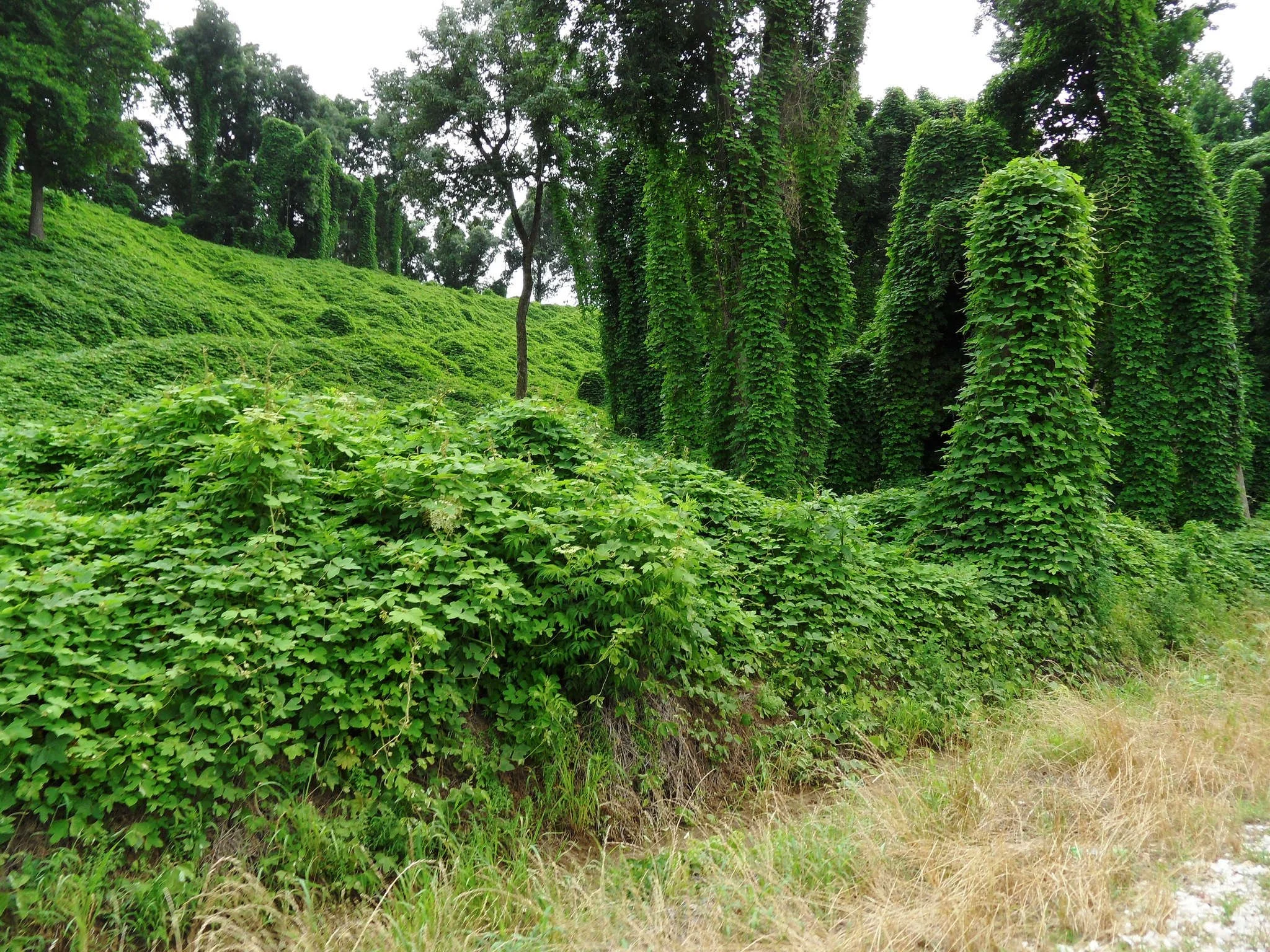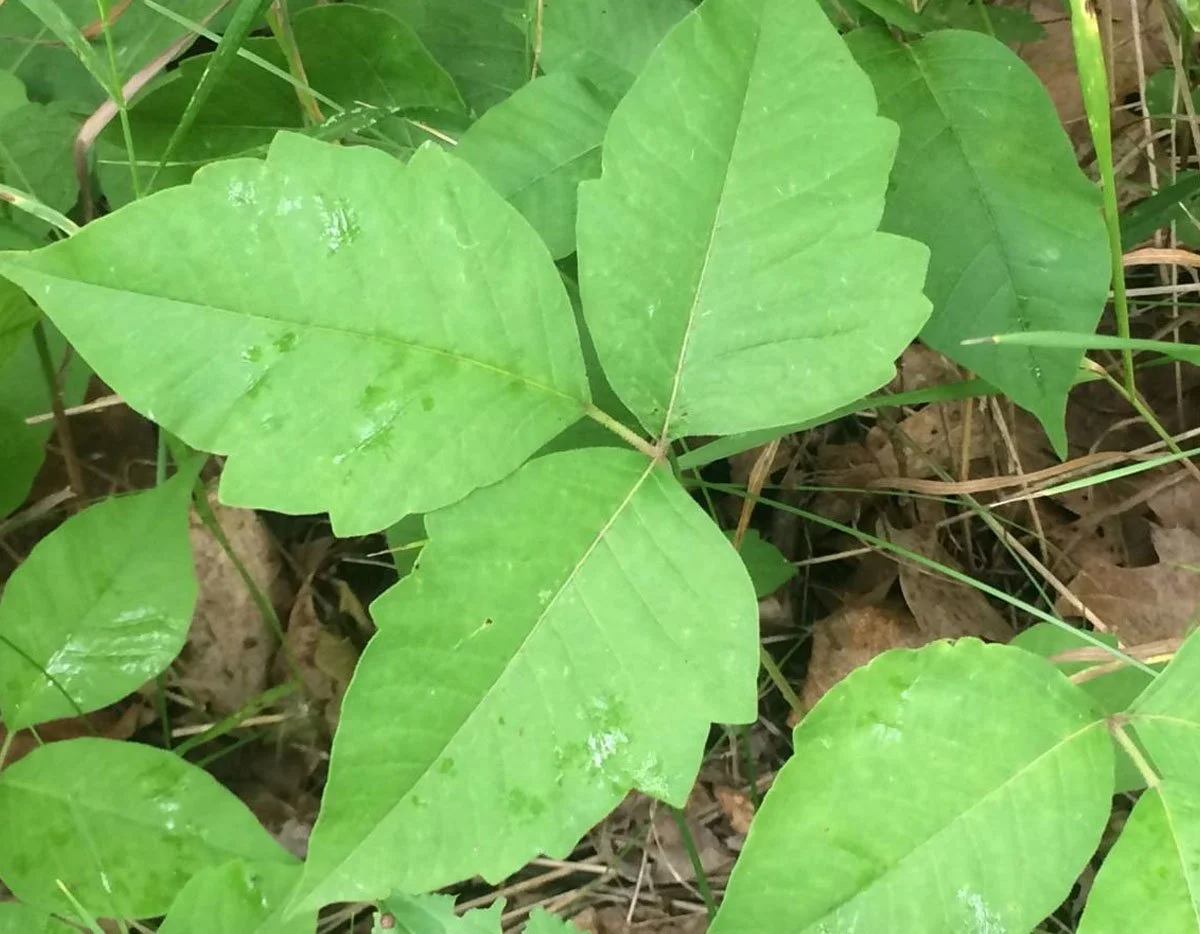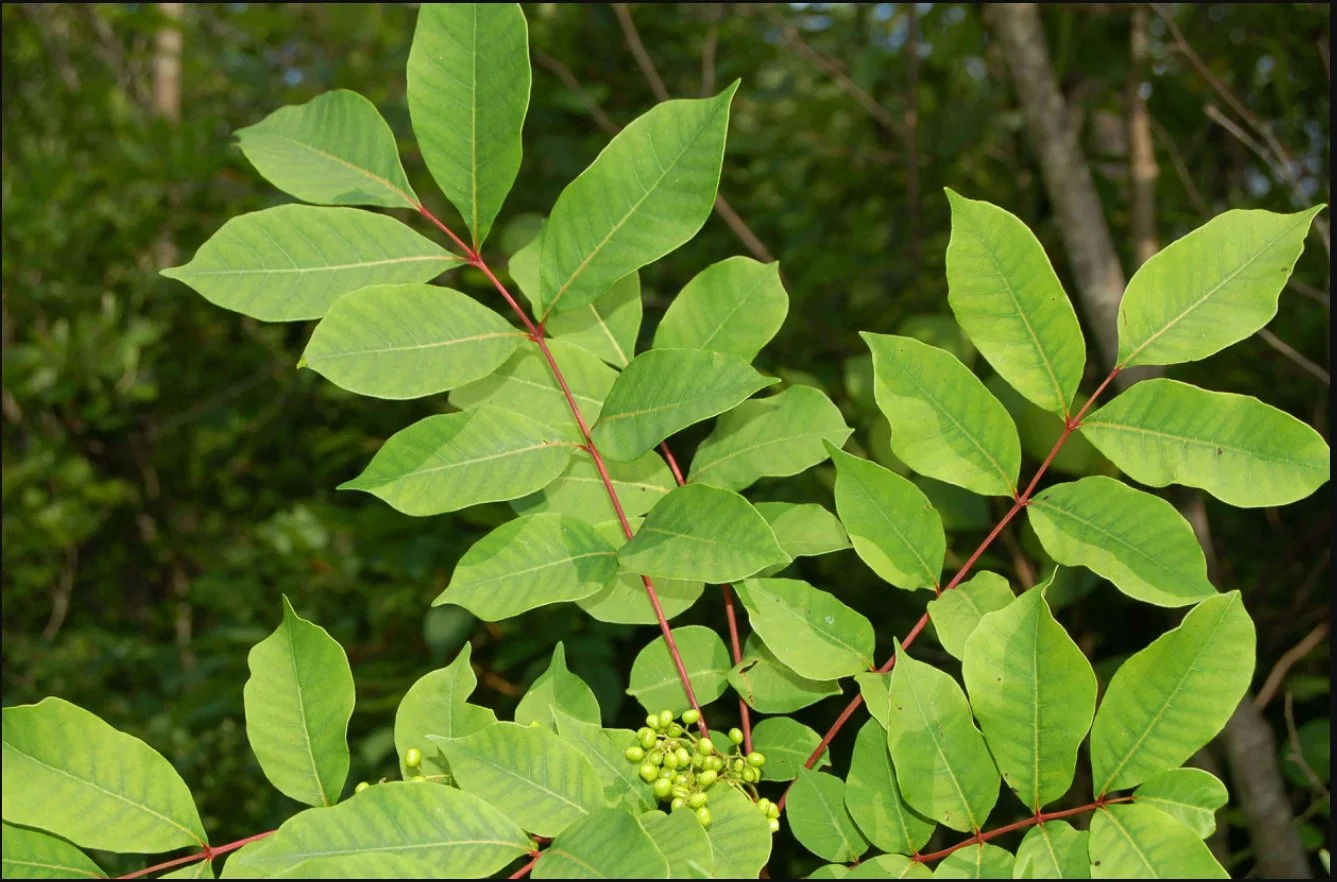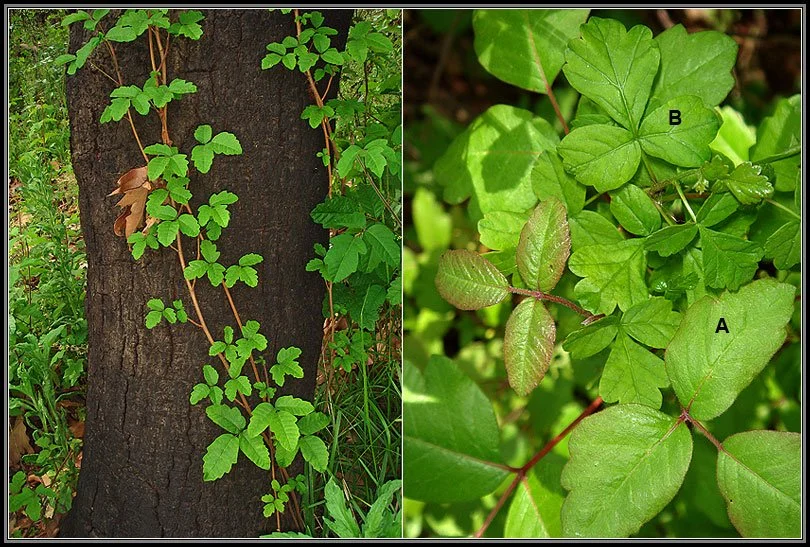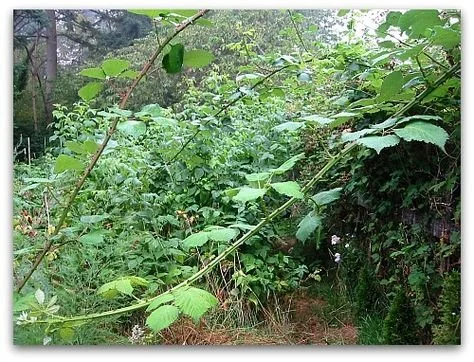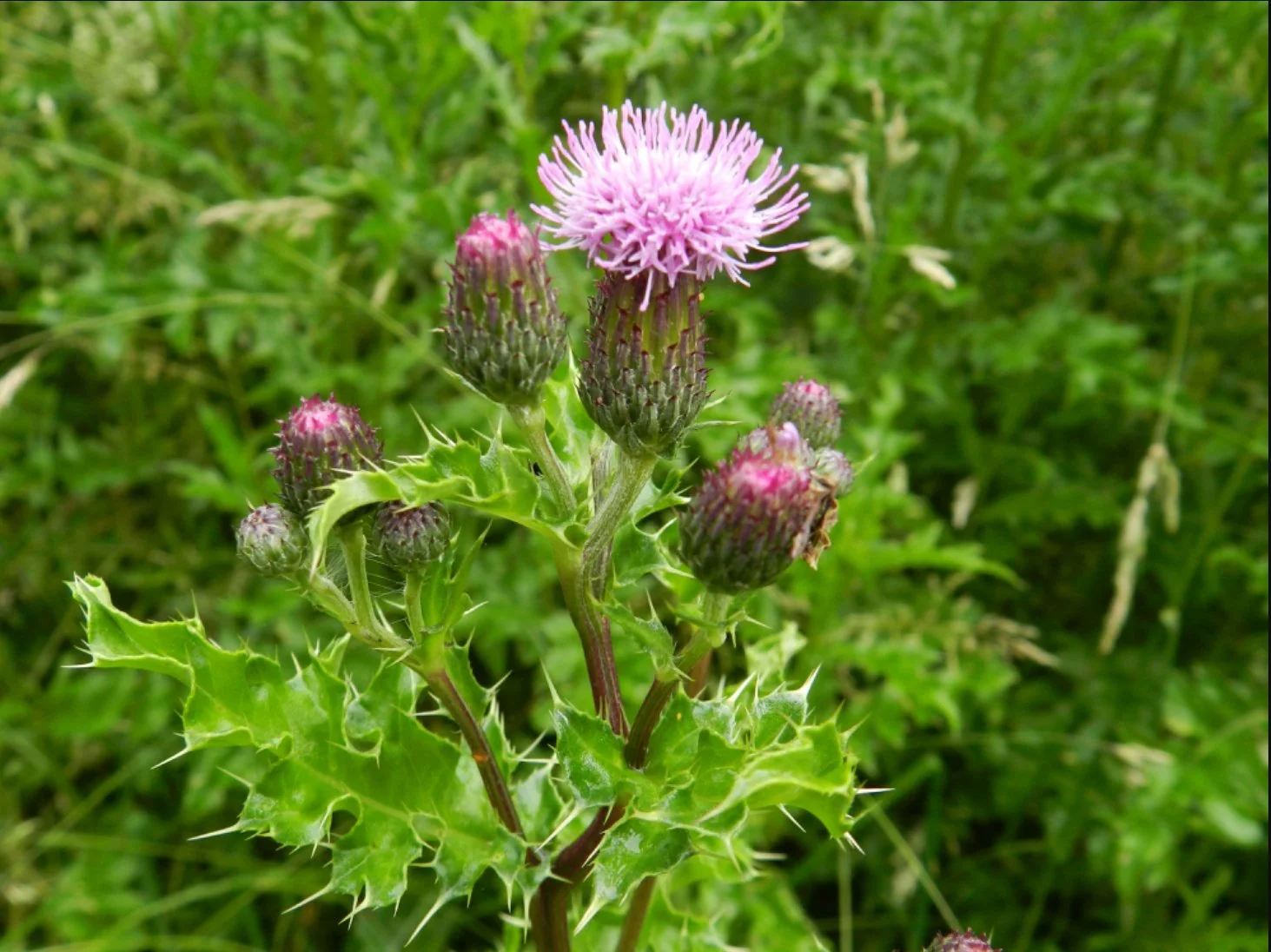Our Goal
We use our goats to target plants that are considered invasive and noxious by the Texas Department of Agriculture. An invasive plant is by definition a plant, “not native to an area, spread[s] quickly, and cause[s] economic or environmental harm, or harm to human health.” Invasive plant species range from vines and shrubs to herbs and trees. Humans introduced most of them here as ornamental plants during the nineteenth century. Goatman’s GoatScape Project focuses on plants that pose a threat to native plant species and local ecology.
Invasive plants that harm local ecology do so through multiple mechanisms. Their quick and dense growth will crowd out other species or block sunlight and water other plants need to grow. Vines, such as bittersweet, can climb and cover trees. The vines also weigh down trees or bushes, in some instances breaking branches or even trunks, uprooting and killing the tree. In areas near rivers, invasive plants impact the aquatic life by decreasing local river vegetation, an important nutrient source for wildlife. Some Invasive plants also cause soil erosion (loss) because their root systems are smaller than native plants, making soil loss more likely during heavy rain or flooding.
These are also negative effects for our community health and well-being. Texas land features greenspaces and rivers brimming with opportunities for recreation, wildlife watching, and the simple joy of being outdoors. However, many greenspaces are not accessible for community members due to overgrowth. Our goats help clear the way!
Our teams also eat vegetation that is unwanted or harmful, like poison ivy and wild grape vine.
Kudzu
Poison Ivy
Japanese Honeysuckle
Poison Sumac
Wild Grape Vine
Poison Oak
Blackberry Vines
Thistle’
